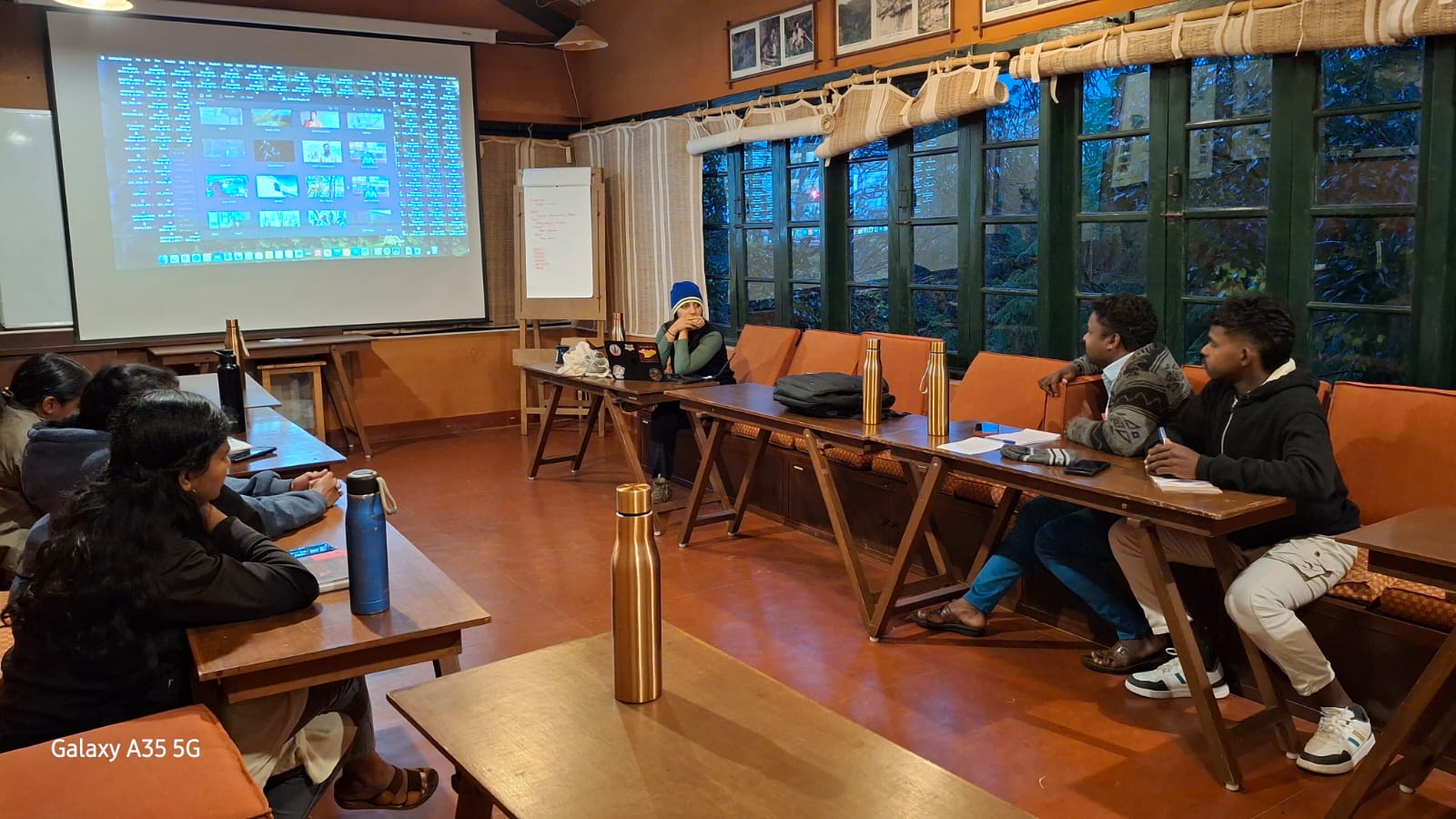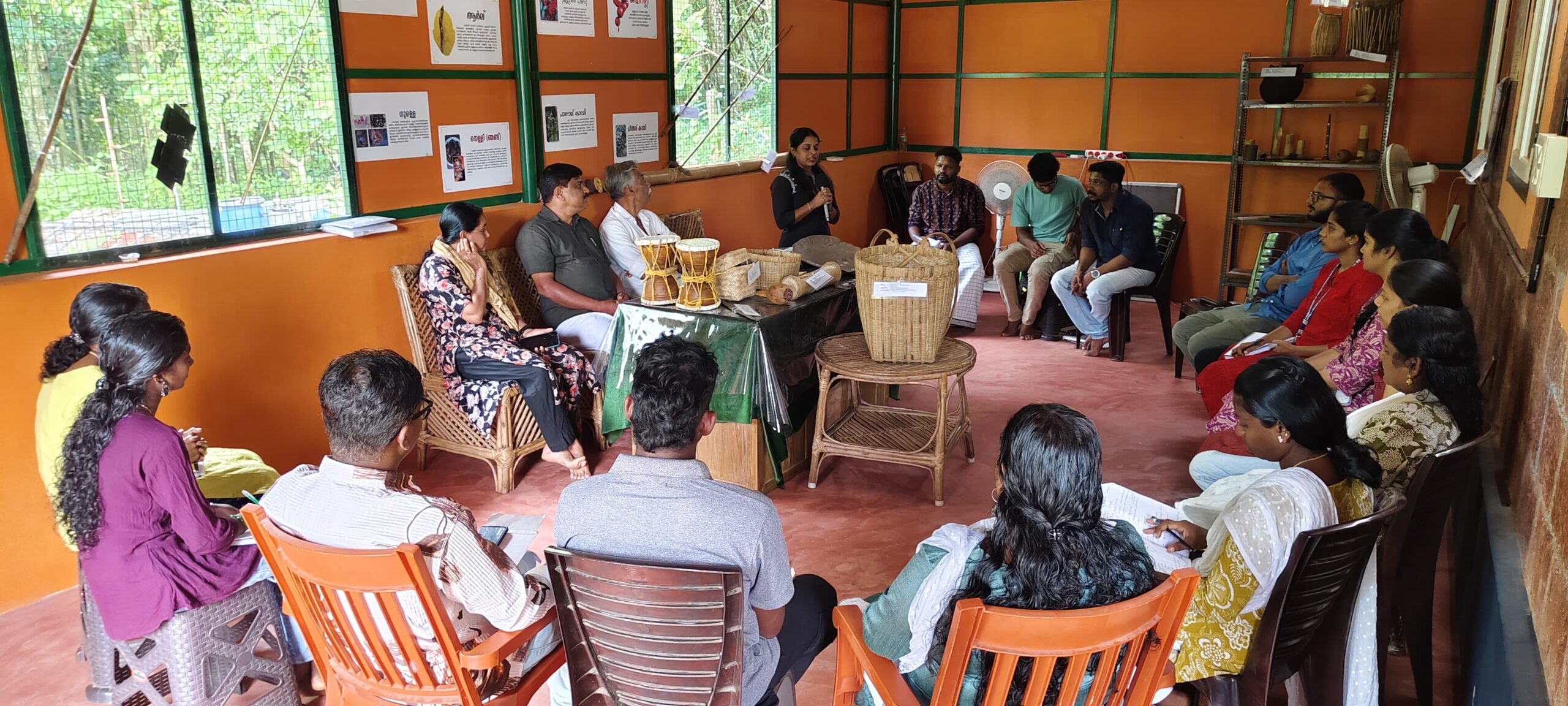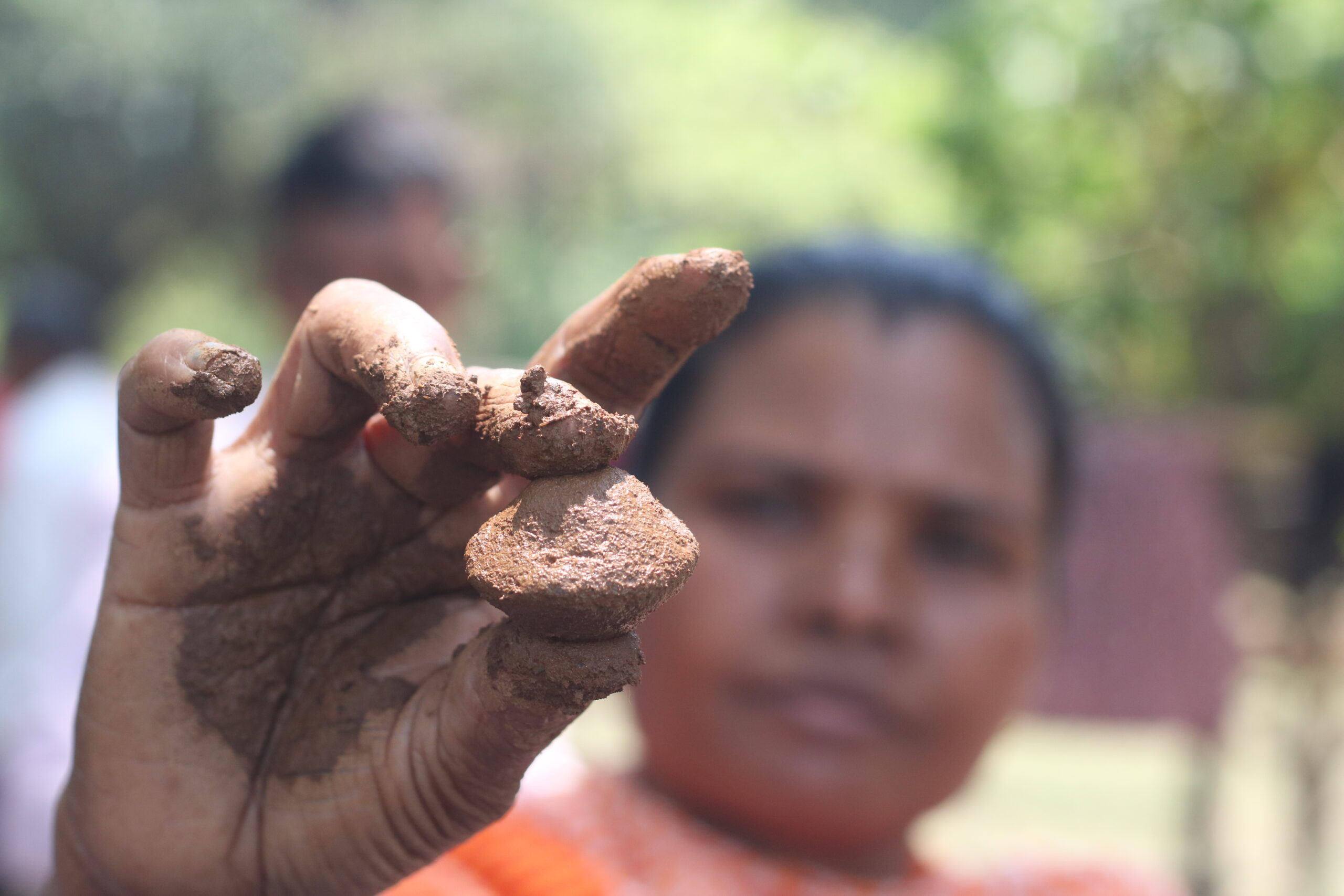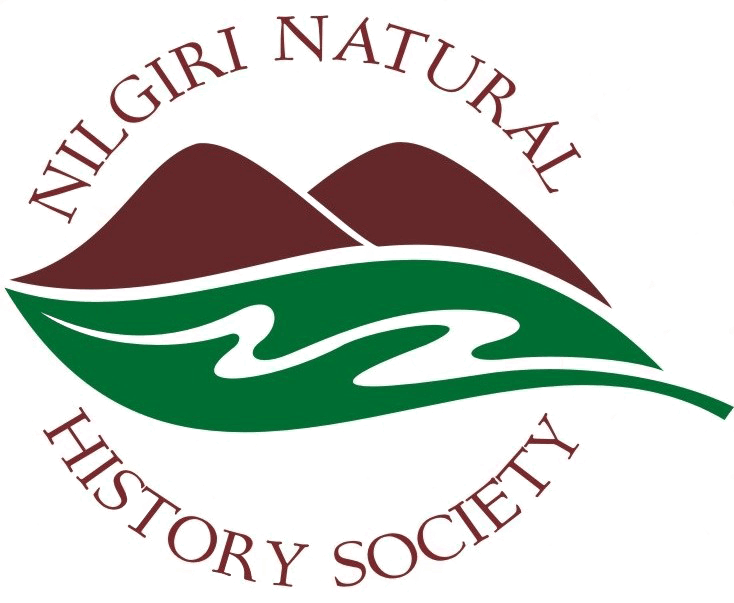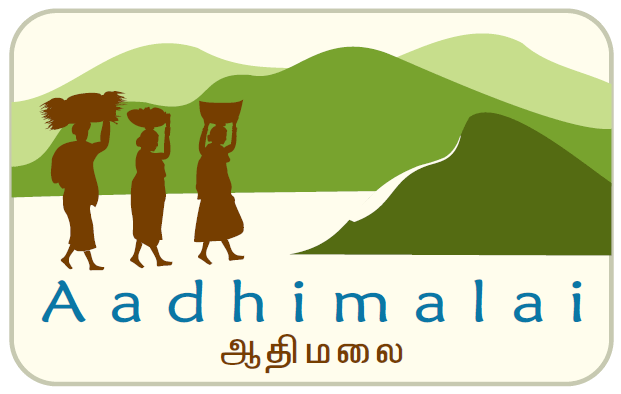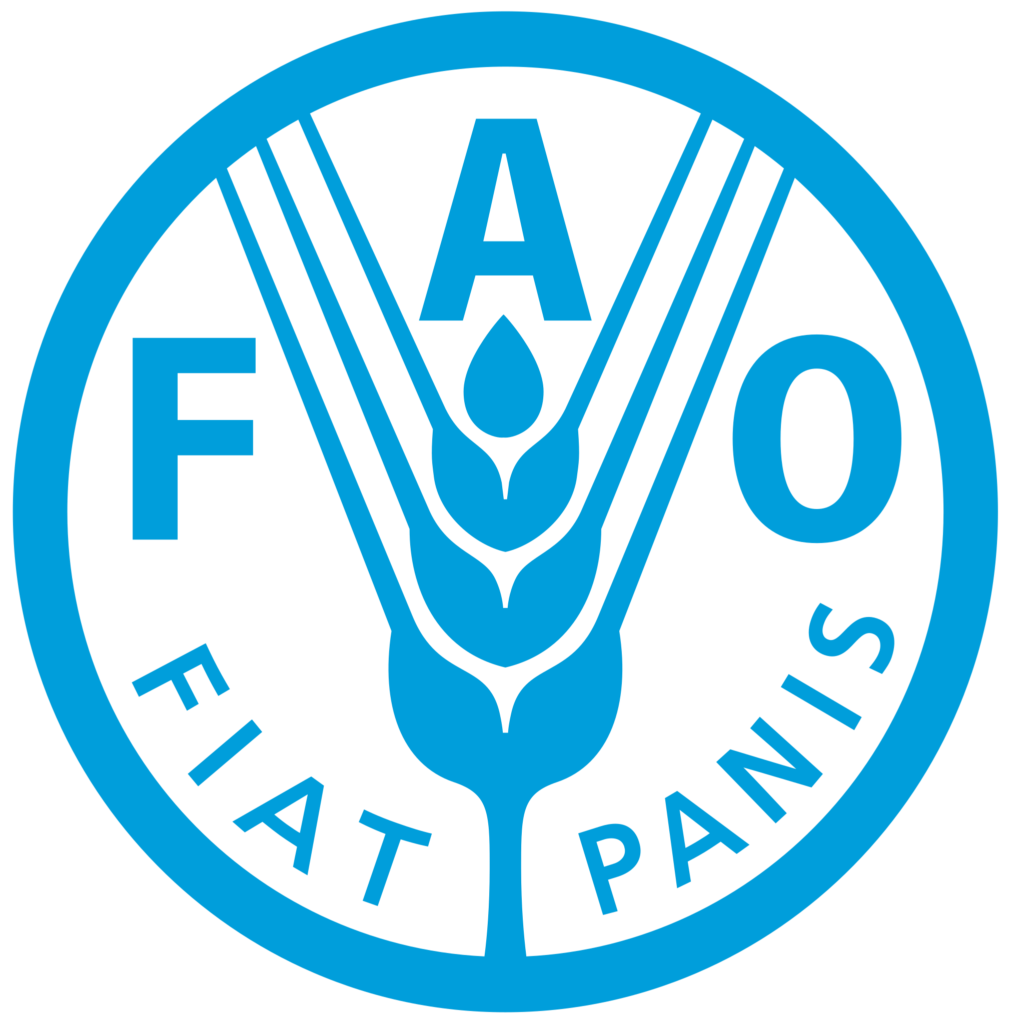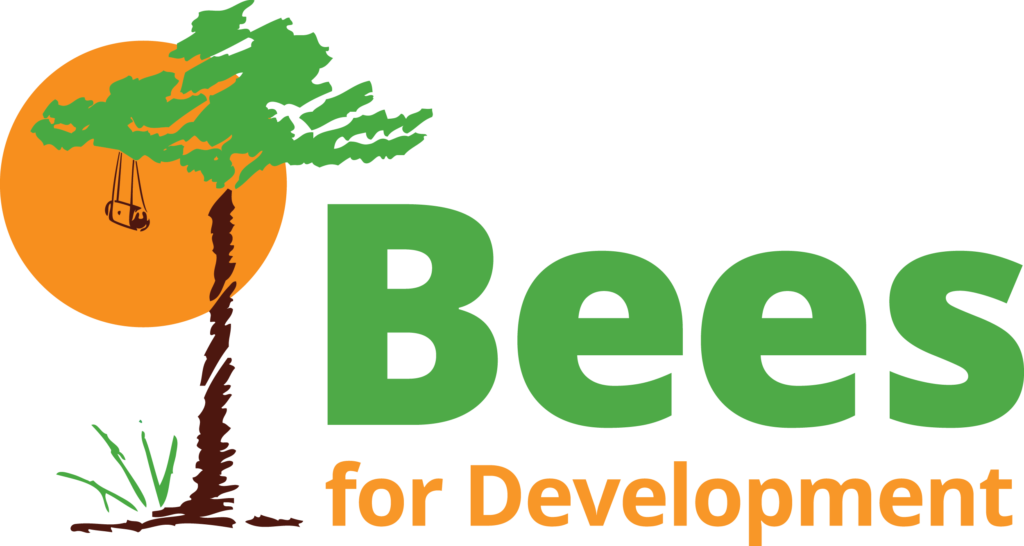By Anokha Venugopal, Shansi Fellow, Communications
Last month, Kerala members from the People and Nature Collectives came to Keystone for a two day workshop on using their phones to create short documentaries on their cultural and Indigenous practices. Syamjith, Sumithra, Suresh, Geetha, Amal, Aswathy, and Kavya participated in the workshop, and I led it (thanks to Syamjith for translation help).
Workshop Essentials
During the two days, we covered some essentials of storytelling and video creation. This included the 5Ws/1H (who, what, when, where, why, how), loglines, and storyboarding. Each participant created a plan for their films, where they covered the critical details of their proposed films. They recorded the timeline for their shooting, necessary participants, a shot list, and why they wanted to make their film. One common sentiment among several of the fellows was documenting their traditions for the newer generation. As modernity takes over, certain traditions are at risk of being lost, and film can be a testament and record of the importance of such traditions. Some examples of these practices are honey hunting, fishing, tribal festivals, basket making, lime creation, tuber collection, and more.
Making Films of their Own
Once we’d all talked and written enough on the first day, the team received an activity to make their own short film. They delivered with full enthusiasm, creating short films with each other where they answered the question: “What is your favorite place on Keystone’s campus?”.
With this assignment, each fellow used their understanding of b-roll, horizontal shooting, and interviewing one another to create succinct shorts detailing their preferred spots on campus. For Geetha, it was the gazebo upstairs; for Sumithra, it was the benches by the hostels; for Kavya, it was the entry way of Keystone; for Aswathy, it was the beautiful Mandarae wall, adorned in paintings by the Ajile Bottu group. Following the shooting, I edited the footage from each of their sessions into small films, accompanied by music, which we screened on Day 2 of the workshop. In this way, the group was able to see their own hard work turned into films, something we ultimately hope to achieve with their documenting of various traditional practices in Nilambur.
Here is Aswathy’s feedback from the workshop: “It was an initial stage training program on videography. I used to shoot video with my phone but didn’t know much about the technical aspects of it. I realized that you have to think before taking a video. The shots we assign to a video are what make those videos beautiful. So choosing shorts is important.”
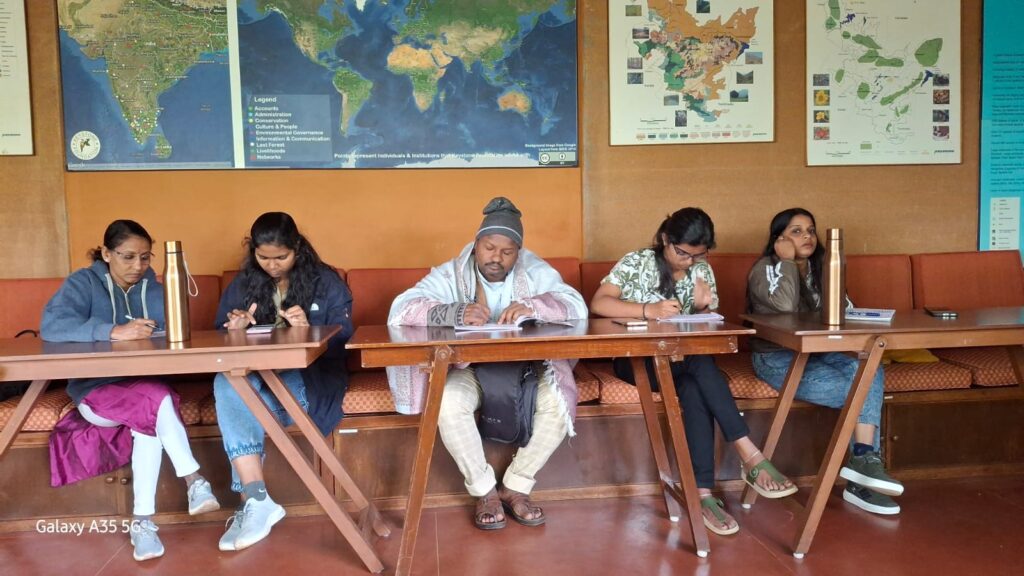
Photos by Syamjith.

